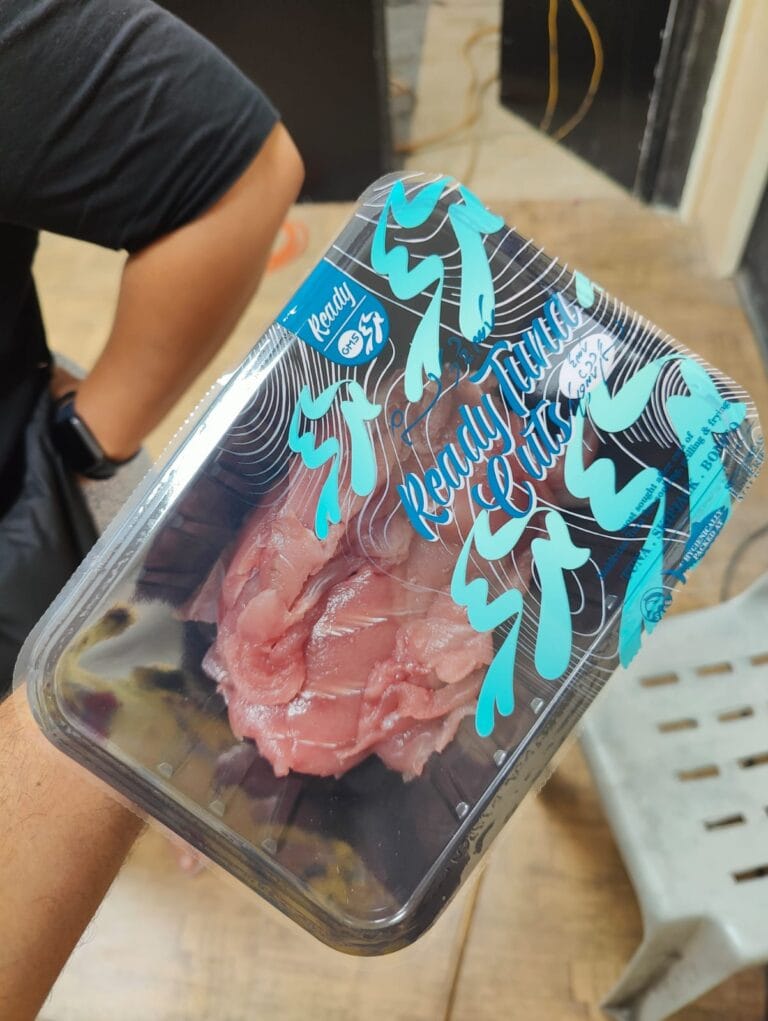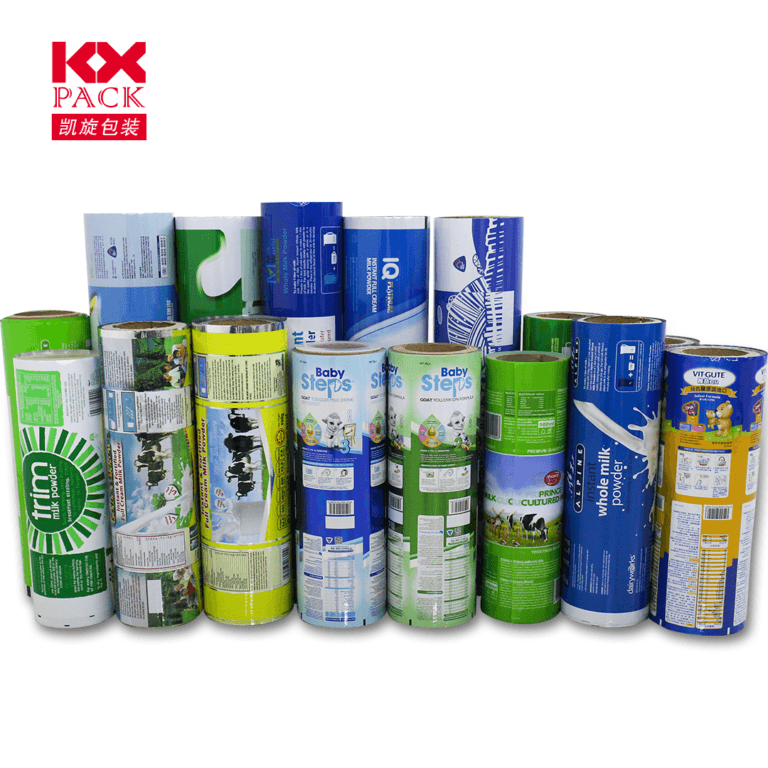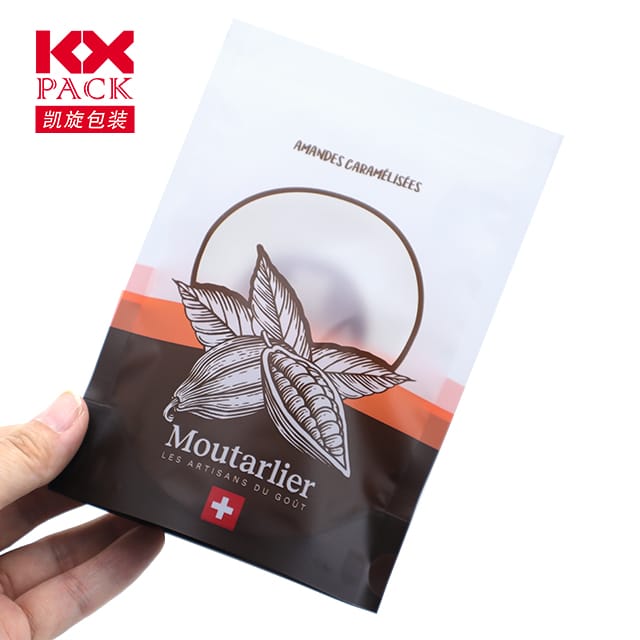La verdad sobre la película de plástico para envoltura de alimentos: Conveniencia vs. Consecuencia
Food Wrap Plastic Film
En nuestras vidas de ritmo rápido, La envoltura de plástico se ha convertido en un elemento básico de la cocina: el cling, versátil, y aparentemente indispensable. Pero mientras despegamos las hojas para cubrir las sobras o envolver sándwiches, vale la pena detenerse para considerar los costos ocultos de esta conveniencia. Vamos a sumergirnos en el mundo de la película de plástico de envoltura de alimentos, Explorando su impacto, alternatives, and smarter ways to use it.
1. The Ugly Truth: Plastic’s Environmental Toll
Cada año, over 1 million tons de Food Wrap Plastic Film ends up in landfills or oceans. Unlike bottles or containers, plastic film is not recyclable in most regions due to its thin, stretchy nature. It’s a major contributor to microplastic pollution, breaking down into tiny particles that infiltrate ecosystems and eventually our food chain. Marine life often mistakes plastic for food, leading to fatal consequences.
Shocking Fact: A single piece of plastic wrap can take400+ años to decompose. By then, it might outlive the tree it was originally made from!
2. Health Risks: What’s Lingering in Your Lunch?
While Food Wrap Plastic Film is labeled “food-safe,” concerns persist. Some plastics contain ftalatos (chemical plasticizers) linked to hormonal disruptions. Heating plastic-wrapped food in microwaves can release these chemicals, especially if the wrap touches the meal.
Safety Tip: Opt forBPA-free yphthalate-free envolturas, and never microwave plastic directly. Use glass containers instead for reheating.
3. The Good News: Eco-Friendly Alternatives
Fortunately, innovation is tackling Food Wrap Plastic Film. Here are smarter swaps:
- Envolturas de cera de abejas: Washable, reusable cloths coated in beeswax and jojoba oil. They mold to bowls and last up to a year with care.
- Tapas de silicona: Elástico, airtight covers for bowls of all sizes. Dishwasher-safe and durable.
- Aluminum Foil: Reciclable (check local guidelines) and great for grilling or freezing.
- Envases de vidrio: Invest in airtight jars or containers for long-term storage.
Pro Tip: For quick covers, try inverted plates or bowl-shaped lid sets made from stainless steel.
4. Smarter Plastic Wrap Habits
If ditching Food Wrap Plastic Film entirely feels overwhelming, use it mindfully:
- Reutilizar: Clean and reuse sheets for non-food items like covering paint cans or wrapping fragile objects.
- Reciclar a la derecha: Check if your local recycling program accepts thick plastic bags (some do). Avoid recycling thin, stretchy wraps.
- Comprar a granel: Reduce packaging waste by purchasing larger quantities of food stored in reusable containers.
5. Brands Leading the Charge
Companies are responding to demand for greener options:
- Eco-friendly Wraps: Marcas como Bee’s Wrap y Abigail’s Oven offer organic cotton wraps.
- Películas compostables: Hecho de materiales de origen vegetal como maicena., though industrial composting facilities are needed.
- Reusable Silicones: Stasher Bags y Lidology create airtight, leakproof solutions for meals on the go.
Tu elección importa
Cada vez que buscas una envoltura de plástico, recordar: It’s not just about preserving food—it’s about preserving our planet. Small swaps add up. By choosing reusables, supporting eco-brands, and advocating for better recycling systems, we can unwrap a healthier future.
Pensamiento final: Convenience shouldn’t cost the Earth. Let’s wrap mindfully, one meal at a time. 🌍🍎
Hashtags: #PlasticFreeKitchen #SustainableLiving #EcoSwap #ZeroWaste #FoodWrapAlternatives







